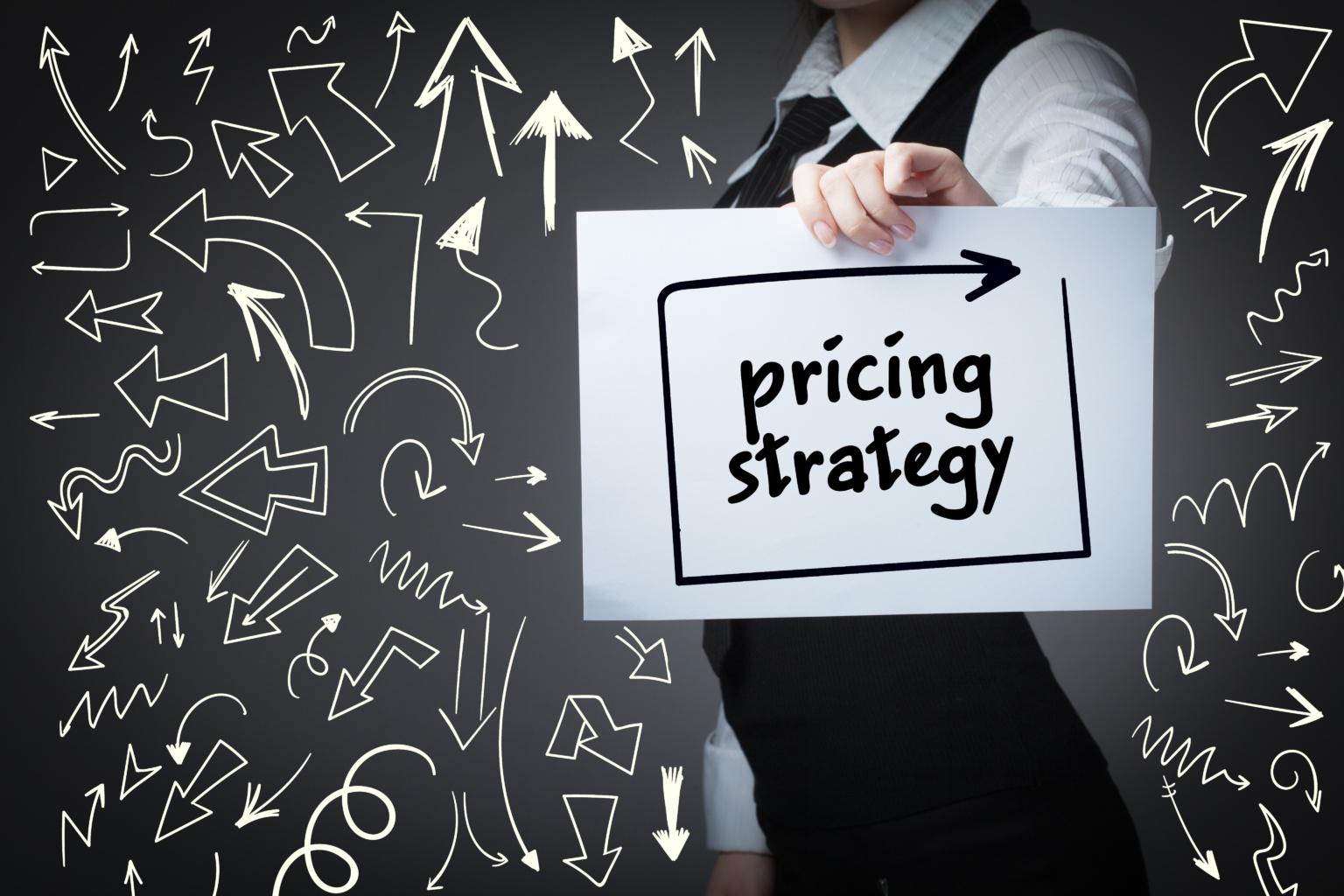Subscribe for all the latest news
"*" indicates required fields
Home | Pricing Strategies to Increase Sales In Service Businesses

“You shall not pass!”
~ Gandalf the Grey
When I ask many service business owners what their pricing strategy is and how they arrived at their current prices, I’m usually greeted with an embarrassed silence followed by answers like:
Sometimes I also get responses like:
A pricing strategy is like every other strategy you implement in your life: it is either conscious or unconscious. If you expect people to pay you for your services then you do have a pricing strategy, the question you need to ask is…
The truth is, pricing options for any item are almost infinitely elastic – and that is especially true for service businesses.
The cost of the ingredients used to prepare food at a Michelin Star restaurant has very little relationship to the price diners pay to eat there… (Although those restaurants aren’t always an example of profit-maximising pricing!) At Masa in New York City, you can pay $650-$800 per person for sushi – and you need to book your table well in advance. Meanwhile, at the food court down the street, you can get an almost identical quantity of take-away food for $8.95 – or you can pick some sushi up at the grocery store for even less. One sales oriented pricing strategy is based on exclusivity and scarcity, the other is based on volume… And that doesn’t even take into account the many other styles in between these extremes.
However, at the top-end of the pricing scale products and services have a cachet that gets them talked about and leads to more opportunities and more sales, so higher prices almost always drive both your profits and your sales upwards.
When it comes to service businesses, your pricing strategy must ensure that you not only cover your costs, but also include a profit margin that you are happy to sustain. From this point, everything you add to your service should also increase your profit margin.
So…
This is called cost-plus pricing… And as far as I’m concerned it’s a good strategy for establishing your absolute bottom line – that line below which you will not go!
You’d be surprised how many people don’t really have a pricing strategy at all.
I mentioned the typical responses I get from service business owners during my sales trainings when I ask how they arrived at their current prices. But the truth is that after a little more digging, they plucked a number out of the air.
Even if they checked out the competition’s prices, they never asked if that price was profitable or even realistic for their business once they factored in all the costs and overheads they needed to cover.
I’m starting here, because most businesses are so anxious to get people in the door that they don’t think about what it will take to cover your costs. The truth is that if you can’t pay your bills you:
So, Before you mention your price to anyone, you need to work out how much money you need to make per week and how that affects your prices. From that bottom line, you can go up as far as you like (remember Masa!)
I want you to think about how you feel when you are about to deliver work at a price that barely pays your bills…
You made an offer at a price so low that you are embarrassed to even think about it now – but at the time you were overjoyed to think that something would come into your bank account. Now you have to deliver the result. Your motivation is low and you’re desperately hoping that the client will sign up for a more profitable deal, but you are afraid they are just price-shoppers. Everything you do feels like hard work.
Now compare that with the project for which you are charging a profitable rate. You are much more responsive to the client because you aren’t racing against the clock to make it work. They are much more likely to agree to another profitable project because they aren’t price-shopping… So, you make more sales from a price increase, because you are more motivated, energised, and confident about your ability to deliver the end-result.
You feel the difference. Your clients feel the difference. And your prospects feel the difference too.
Therefore, you make more sales in total… And each sale is more profitable.

Some people think that sales people are born not made. As #1 Sales Rep in several companies and Manager of Award-Winning teams, I can tell you every Master Sales person earned those trophies through strategic work. I can also tell you, that the most successful among them did it without sacrificing their health, relationships, or love of life.
Since 2005, I’ve been working as a sales trainer and coach for both individuals and groups, working with people like you to refine their communication skills, overcome limiting beliefs about sales and success, project your natural charisma, and draw out their innate gifts so they can see the immense value they bring and step forward with confidence.
Chandell is a Best-selling Author, Master Sales Trainer and a Master Trainer of Neuro Linguistic Programming (NLP). Experience has taught her that Sales is the #1 Life Skill and that anyone can master it: without this critical skill, your relationships, opportunities, health, and finances all suffer.
"*" indicates required fields
Select your desired option below to share a direct link to this page.
Your friends or family will thank you later.